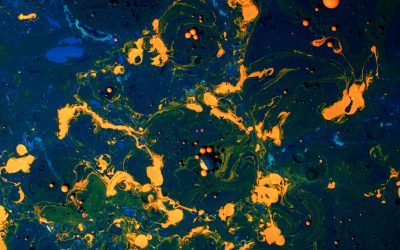Material Compliance
Gesellschaftliche Anforderung und unternehmerische Pflicht
Nachhaltigkeit, insbesondere im Hinblick auf Umweltschutz und Gesundheit, ist immer stärker im gesellschaftlichen Bewusstsein verankert.
Auch die Gesetzgebung steckt auf internationaler und nationaler Ebene einen zunehmend engeren Rahmen, beispielsweise für die Verwendung potenziell gefährlicher Stoffe in Produkten. Beispiele hierfür sind die REACH-Verordnung oder die aktualisierte Abfallrahmenrichtlinie (SCIP-Datenbank).
Für Sie als Unternehmen ist dieser Trend mit wachsenden Anforderungen zur Erfüllung gesetzlicher Vorgaben verbunden. Zugleich wird Nachhaltigkeit vor dem Hintergrund gesellschaftlichen Umdenkens zunehmend auch zum Wettbewerbsfaktor. JMBC hilft Ihnen dabei gesetzliche Material Compliance Anforderungen und strategische Nachhaltigkeitsziele erfolgreich im Unternehmen umzusetzen.
Material Compliance erfordert eine neue Dimension der Transparenz
Die gesetzlichen Vorgaben passen sich stetig neuen Erkenntnissen an. Material Compliance ist daher eine wiederkehrende Herausforderung, die stetige Kontrolle Ihrer Produkte und deren Werkstoffe mit den aktuellen rechtlichen Anforderungen erfordert.
Je nach Ihrer Position in der Lieferkette, können die hierfür erforderlichen Informationen kaum ohne Daten aus der Lieferkette erbracht werden. Ein komplexes und unter Umständen volatiles Lieferantennetz ist hierbei eine wesentliche Hürde.
Systematische Material Compliance – beherrschbare Komplexität
Der Aufwand zur Erfüllung geltender und zukünftiger Informationspflichten bezüglich der in Ihren Produkten enthaltenen Substanzen wächst mit der Komplexität und Individualität Ihres Produktportfolios, sowie der Diversität Ihres Lieferantennetzwerks. Wir entwickeln gemeinsam mit Ihnen eine Material Compliance Strategie, mit der Substanzinformationen nachhaltig, systematisch und mit möglichst geringem Aufwand in ihre Prozess- und Systemarchitektur verankert werden.
Unser Beitrag
Risk-Exposure-Analyse zu geltenden Anforderungen (REACH, RoHS, Waste Framework-Directive/SCIP) an das Produktportfolio
Definition der kurz- und mittelfristigen Material-Compliance Strategie
Beratung beim Aufbau der System- und Prozessarchitektur für nachhaltige Material Compliance
Unterstützung bei der initialen Erfüllung der Deklarationspflichten
Insights
Nutzung von PLM-Systemen zur Förderung der Nachhaltigkeit: Ein Weg zum datengesteuerten Sustainability Management
In einer Zeit, in der Umweltbelange im Vordergrund der Unternehmensagenda stehen, suchen Unternehmen aktiv nach Strategien zur...
Öffentlicher Zugriff auf Einträge in SCIP Datenbank
Seit dem 15.09.2021 ist es soweit, der Zugriff auf die Einträge in der SCIP Datenbank ist für die Öffentlichkeit möglich. Hintergrund Seit...
Trend zur Substitution von Blei
Spätestens seit die EU zum April 2018 den Verkauf des beliebten Silvesterklassikers, dem Bleigießen, verboten hat, ist das Thema im...



